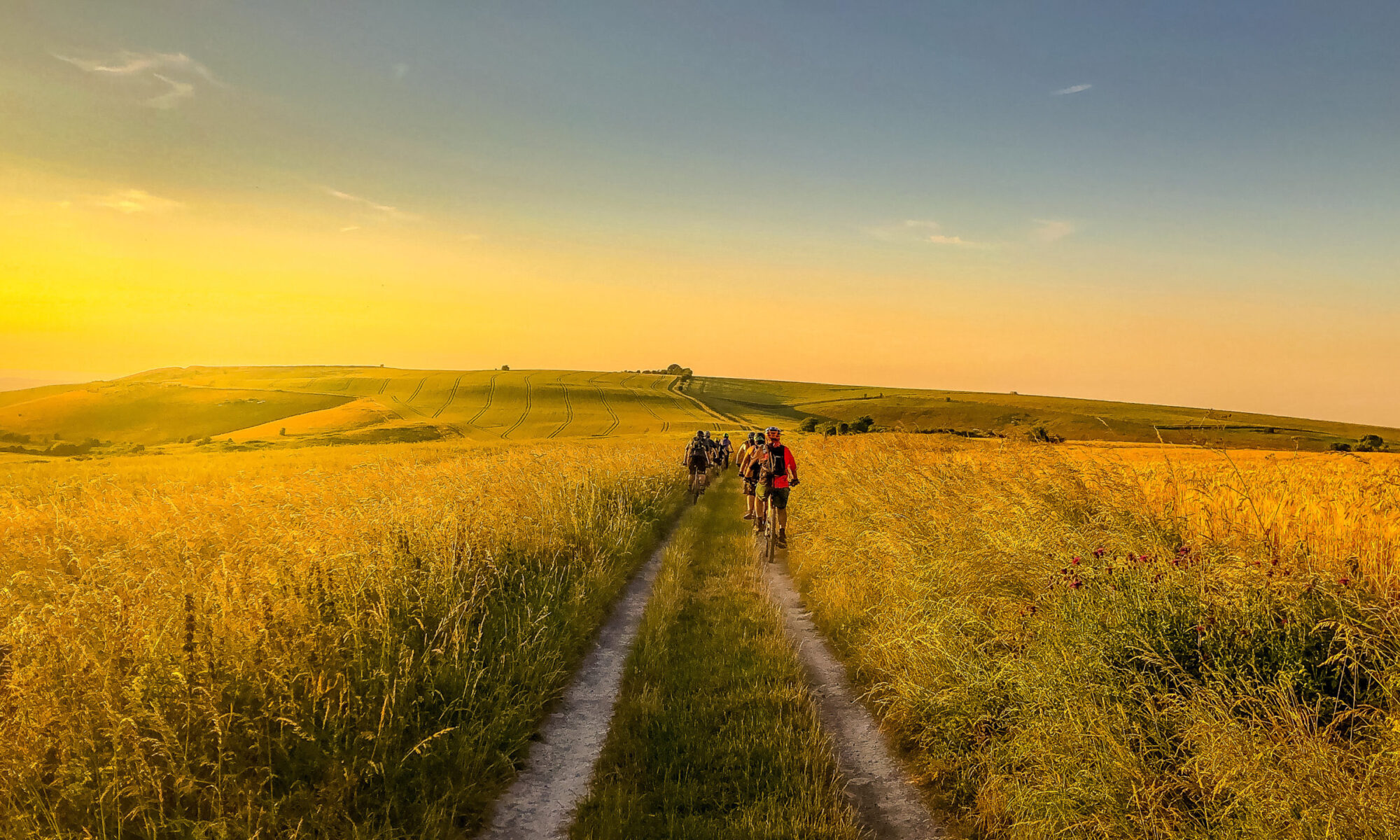Staying hydrated is a vital part of exercise and mountain biking in particular. There are a number of ways of doing this, each with their own benefits.
The effects of dehydration start with decreased performance (there is less blood to transport the oxygen you need to your muscles where it is needed), but sharply worsen through hallucinations, right through to death if not treated in time. So drinking enough is vital.
How much to drink
When exercising we drink to replace the fluids we are sweating out, so how much you need to drink depends a bit on how much you sweat. On average it’s between 500ml and 1 litre an hour, although more in hot weather. So you should be looking to drink at least that,, to replace what you have lost.
What should I drink?
Water is the obvious choice and readily available – normally you will be able to find somewhere to replenish you supplies mid ride.
Sweat isn’t just water though and we loose vital minerals, such as sodium, through sweating. Indeed sweating lots and replacing with just plain water dilutes the minerals in our bodies further. This is wear Isotonic drinks come in, which replace those minerals, giving you a balanced fluid replacement. These are readily available and often come in the form of tablets added to water.
Drinking is also a good opportunity to taken on energy though, and this is wear energy drinks come in. We’re not talking Red Bull here, but isotonic energy drinks, such as those made by Torq or SIS. These provide the mineral content and a quickly digestible form of sugars to keep you going. Supplied in powder form, these are mixed with water and are balanced inline with the average intake – so you can drink 0.5-1 litre of Torq energy drink and it will provide the minerals, fluid and a level of sugars your body can ingest in 1 hour.
How to carry fluids on a ride
There are 2 ways of carry your drink when cycling – a bottle mounted to the frame, or on your back in a bag or hydration pack.
Bottles (in a cage) are probably familiar to everyone and add the weight to the frame rather than your back, but that can be a disadvantage and advantage. They also have the disadvantage of needing to take 1 hand off the handlebars to have a drink – often tricky on the trails. You are also limited to how many bottles your bike can carry, which is normally only 1 or 2 bottles, although quite a few full suspension bikes don’t have anywhere to mount a drink bottle.
Hydration packs are a great way of carrying lots of fluid (up to 6x that in 1 bottle) and to provide an easier way of drinking while riding. The fluid is delivered through a pipe with a valve that you bite to release the fluid. This enables you to drink little and often with both hands still on the handlebars.
You can either get a liquid bladder, which can be popped into any rucksack, or a dedicated hydration pack, such as are made by Camelbak. These come in a variety of models, with different levels of additional storage for trail tools and snacks, up to enough room to store spare clothing as well (see our article on what to put in your pack here).
You can get men and women’s fit hydration packs too, with the women’s specific models having shorter backs and S shape straps to fit the female form better. This allows greater comfort when riding and holds the pack closer to your body, stopping it bouncing around.
 Camelbak also do their bladders separately, for use in other rucksacks. Mountain Warehouse have a good line in rucksacks that have pockets and ports for hydration bladders. They do men and women’s specific, although the women’s ones are rarer – worth grabbing if you see one on one of their many special offers.
Camelbak also do their bladders separately, for use in other rucksacks. Mountain Warehouse have a good line in rucksacks that have pockets and ports for hydration bladders. They do men and women’s specific, although the women’s ones are rarer – worth grabbing if you see one on one of their many special offers.




